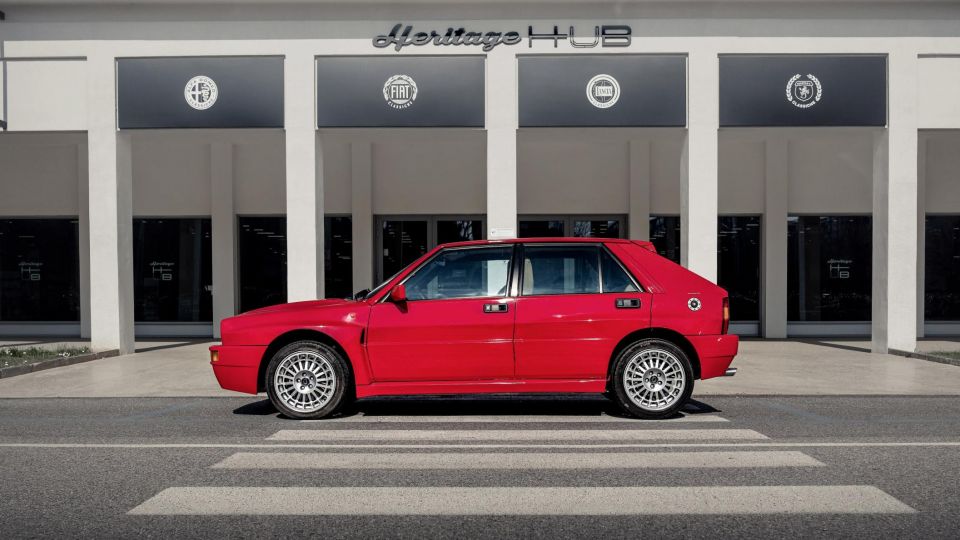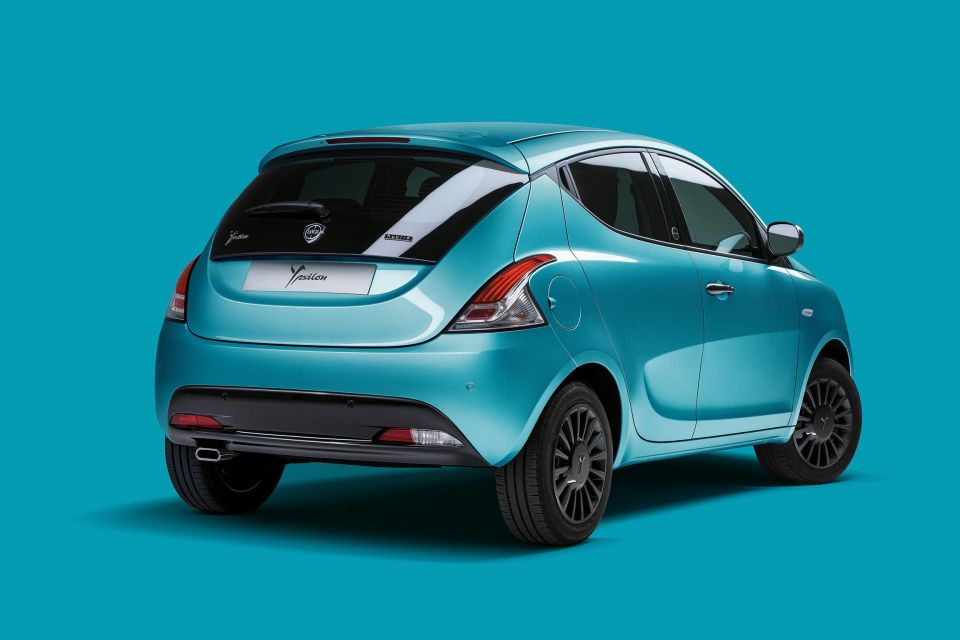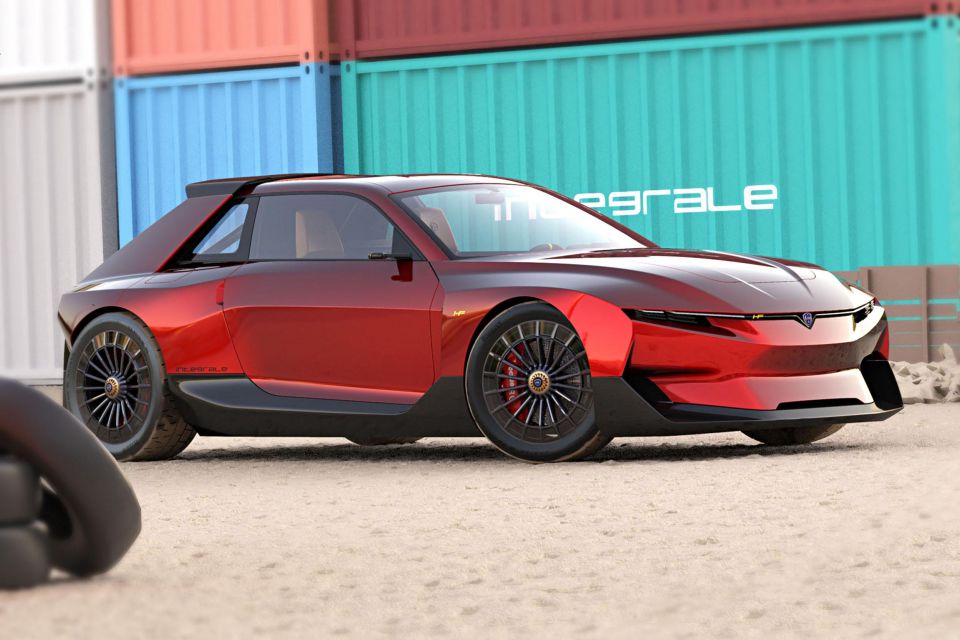

Matt Campbell
2026 MG U9 review
4 Hours Ago
Lancia is coming back in a big way. Three new models are expected in the next five years, including a modern Delta.

Contributor


Contributor
One of the most storied names in motoring is waking up after a long slumber.
Lancia will be revived with three new models in the next five years, according to a new report from Automotive News Europe.
They won’t be rally-inspired racers – and don’t expect a modern Stratos. Instead, the report says Lancia will burst back onto the scene with a city car, a compact SUV, and a compact hatchback.
The head of Stellantis design, Jean-Pierre Ploué, will be in charge of creating a new design identity for the brand, which currently has only one car in its range.

The new city car will be based on the Stellantis (formerly PSA) platform underpinning the Peugeot 2008 and Citroen C4, among other cars.
It will replace the Ypsilon, a Fiat 500-based hatchback currently serving the same role, and is expected to offer both petrol and electric power when it’s revealed in the middle of 2024.
The Polish-built Ypsilon is getting on in years. It was introduced in 2011 and shares its aged platform with the Fiat 500 and Panda, the latter of which remains Italy’s best-selling car.

It was, however, the second-best-selling car in Italy (the only market where Lancia remains) in 2020.
The compact SUV is expected to follow early in 2026, and will be fully electric thanks to the mooted “STLA Medium” Stellantis platform.
Rally fans and history buffs will be excited to hear 2027 could see the return of the legendary Delta name on a Golf-sized hatchback.

That Lancia will live on isn’t a secret.
Before Fiat Chrysler Automobiles and Groupe PSA’s merger went through, Stellantis CEO Carlos Tavares said he wouldn’t be axing any brands despite the merged company having a staggering 14 in its stable.
Stellantis hasn’t detailed any plans for Lancia as yet but this tacit commitment undoubtedly comes as a surprise to some observers considering how much Lancia has shrunk.

Luca Napolitano has been appointed the CEO of Lancia. He has served as the head of the Fiat brand in Europe, the Middle East and Asia since 2015 and added Abarth to his portfolio in 2017.
Under FCA, steps were taken to align Lancia and Chrysler in the European market. Wherever Lancia was stronger, the Chrysler brand was axed and vice versa, while the Lancia Ypsilon and Delta wore Chrysler badging in some markets.
That also led to an influx of products to the Lancia range in 2011 and 2012, the brand adding rebadged versions of the Chrysler 200 convertible (Flavia), 300 sedan (Thema) and Voyager minivan.

These products helped fill the void left by the Thesis flagship sedan (axed in 2009) and Phedra minivan (2010).
The Chrysler-Lancia twinning didn’t last long, with all the rebadged products disappearing by 2016 as the combined operation failed to reach sales targets.
Over the course of a decade, Lancia sales have halved. The brand sold 121,846 vehicles in 2009 according to Carsalesbase, but was down to 58,830 by 2019.
Scott Collie is an automotive journalist based in Melbourne, Australia. Scott studied journalism at RMIT University and, after a lifelong obsession with everything automotive, started covering the car industry shortly afterwards. He has a passion for travel, and is an avid Melbourne Demons supporter.


Matt Campbell
4 Hours Ago


William Stopford
20 Hours Ago


Josh Nevett
21 Hours Ago


Ben Zachariah
2 Days Ago


CarExpert.com.au
2 Days Ago


Damion Smy
2 Days Ago